Every gardener knows that the first frost marks a turning point in the growing season. It’s the line between summer abundance and winter rest. Once temperatures dip below freezing, tender crops are lost, soil conditions change, and many plants go dormant until spring. But with the right preparation, you can protect your garden, extend your harvest, and set the stage for next year’s success.
Here are seven essential tasks you should always complete before the first frost arrives—straight from the playbook of experienced gardeners.
1. Harvest Tender Crops Before They’re Damaged
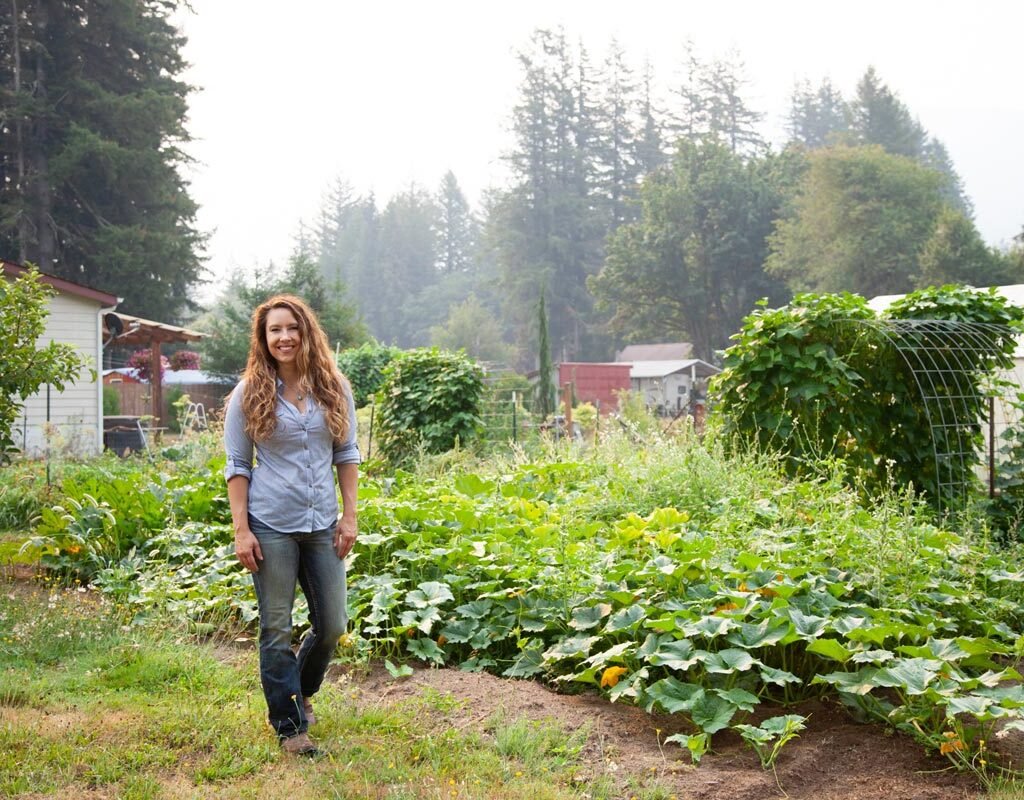
Frost-sensitive vegetables like tomatoes, peppers, cucumbers, and basil won’t survive once the temperature drops below 32°F (0°C).
- What to do: Pick every ripe and nearly ripe fruit. For green tomatoes, try ripening them indoors in a paper bag or on a sunny windowsill. Harvest herbs like basil, parsley, and cilantro—they blacken at the first sign of frost.
- Pro tip: Root crops (carrots, parsnips, beets) are more frost-tolerant and can stay in the ground longer with a layer of mulch.
By gathering tender crops before frost, you prevent sudden losses and maximize your harvest.
2. Protect Cold-Sensitive Plants
Some crops and ornamentals can be saved with a little extra care.
- Covering plants: Use row covers, frost blankets, or even old sheets to shield plants from sudden cold snaps. Anchor covers at the edges to trap heat.
- Using cloches or cold frames: Place glass or plastic covers over lettuce, spinach, or young seedlings to keep them going longer.
- Mulching perennials: Add 2–3 inches of straw, shredded leaves, or pine needles around perennials and shrubs to insulate their roots.
This step is especially important if an early frost arrives unexpectedly but warm days are still ahead.
3. Clean Up Garden Beds
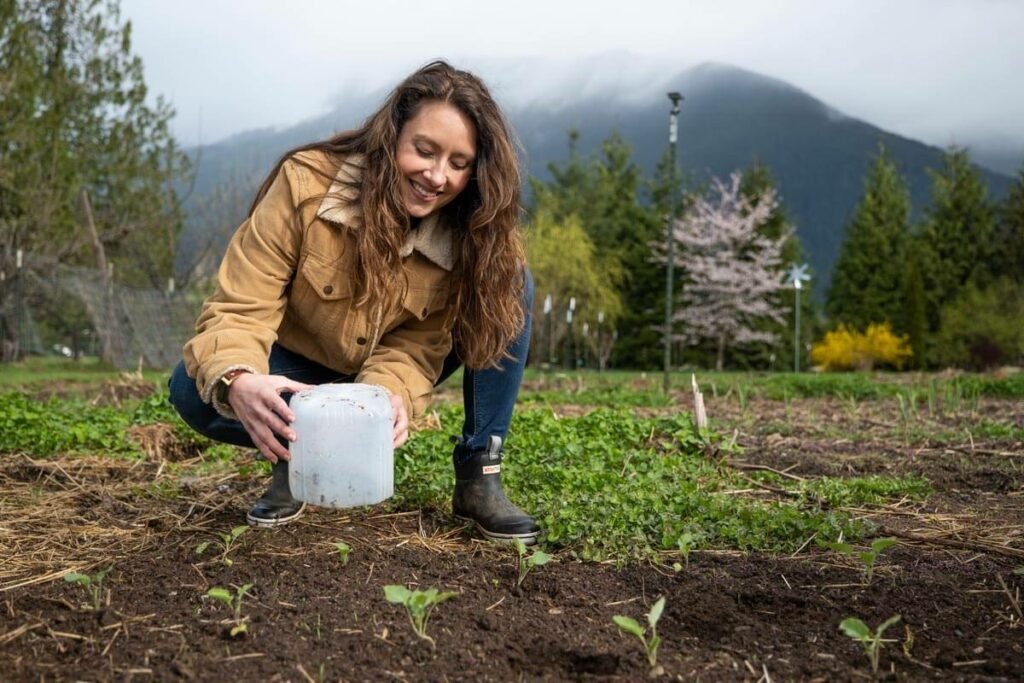
Diseased plant material, pest eggs, and fungal spores often overwinter in dead leaves and stems, ready to reemerge in spring. Cleaning up beds before frost reduces future problems.
- Remove diseased plants: Do not compost plants with blight, powdery mildew, or rust. Instead, burn them or bag them for disposal.
- Pull spent annuals: Clear out crops that won’t survive frost, such as beans or squash.
- Weed thoroughly: Many weeds go to seed in fall—removing them now prevents a bigger battle in spring.
Expert tip: For healthy plant material, chop it up and add it to your compost pile to recycle nutrients.
4. Add Compost or Amend Soil
Fall is the perfect time to improve soil health. Adding organic matter before winter gives microbes time to break it down, enriching the soil by spring.
- Spread compost: Apply 2–3 inches of compost across garden beds. Worms and winter rains will help work it into the soil.
- Test and amend soil: If your soil test shows low nutrients, fall is a good time to add lime, rock phosphate, or organic fertilizers.
- Cover bare soil: Prevent erosion and nutrient leaching by mulching or planting cover crops.
This step ensures that your garden starts spring with healthy, nutrient-rich soil ready for planting.
5. Plant Fall Bulbs and Cover Crops
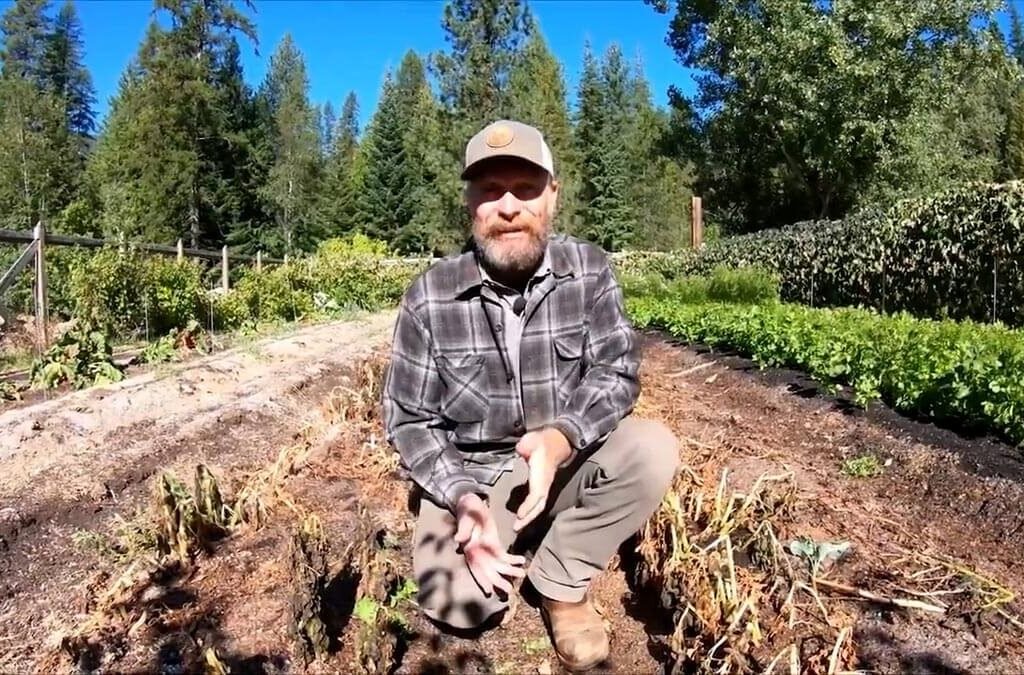
The weeks before the first frost are prime planting time for many future blooms and soil-protecting crops.
- Bulbs: Tulips, daffodils, crocuses, and hyacinths all need a period of cold to bloom in spring. Plant them in well-drained soil a few weeks before frost.
- Garlic and shallots: Plant cloves in late fall to harvest the following summer. Mulch heavily for protection.
- Cover crops: Winter rye, hairy vetch, and clover prevent erosion, fix nitrogen, and add organic matter when tilled under in spring.
By planting now, you set the stage for early color in spring and healthier soil year-round.
6. Prepare Perennials, Trees, and Shrubs
Woody perennials and fruit trees benefit from special care before frost sets in.
- Water deeply: Give trees and shrubs a good soaking before the ground freezes, as dry roots are more vulnerable to cold.
- Mulch at the base: Spread mulch 3–4 inches thick around the base of perennials and trees, leaving a gap around the trunk to prevent rot.
- Prune lightly: Remove dead or diseased branches, but avoid heavy pruning, which can stimulate new growth that’s vulnerable to frost.
- Wrap young trees: Protect thin-barked trees (like young maples or fruit trees) with tree wrap to prevent frost cracks and rodent damage.
This care helps perennials and woody plants survive harsh winters and thrive again in spring.
7. Winterize Your Garden Tools and Infrastructure
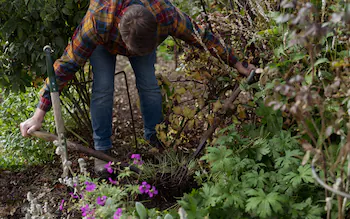
Your garden isn’t just plants—the tools, hoses, and structures that support your work also need protection.
- Clean and store tools: Wash dirt off shovels, pruners, and hoes. Sharpen blades, then oil metal parts to prevent rust.
- Drain hoses and irrigation: Remove hoses, empty them completely, and store them indoors. Drain drip irrigation systems to avoid burst lines.
- Protect raised beds: If you garden in raised beds, add a layer of mulch or compost to shield soil. In very snowy areas, consider temporary covers to prevent soil compaction.
- Check structures: Secure greenhouses, trellises, and hoop houses so they withstand wind and snow.
Taking care of tools and infrastructure saves money and ensures you’re ready to start strong in spring.
Common Mistakes to Avoid Before Frost
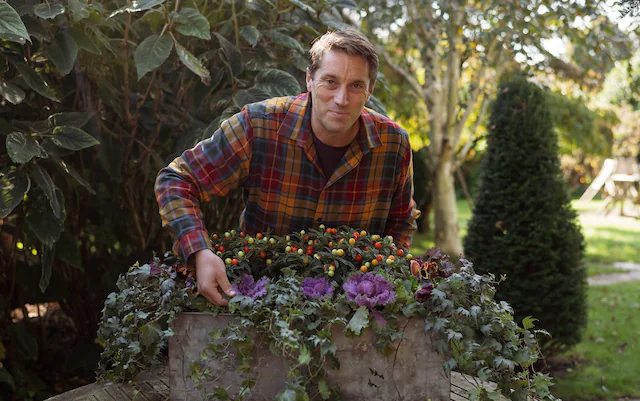
- Waiting until the last minute: Frost dates can vary year to year. Keep an eye on forecasts so you’re not caught unprepared.
- Overwatering: Watering late in the evening before frost can increase freezing damage. Water earlier in the day.
- Forgetting tender container plants: Move potted plants indoors or into a garage before frost arrives.
- Skipping mulch: Bare soil loses nutrients and compacts more easily over winter.
Final Thoughts
The first frost doesn’t have to spell disaster for your garden. By tackling these seven essential tasks ahead of time, you’ll preserve tender harvests, protect soil health, and prepare your garden for next spring’s growth.
Think of fall preparation as an investment: a few hours of work now ensures months of healthier soil, thriving plants, and less stress when spring planting rolls around.
So, watch your local frost dates, mark the calendar, and get ahead of the freeze—your garden will thank you for it.
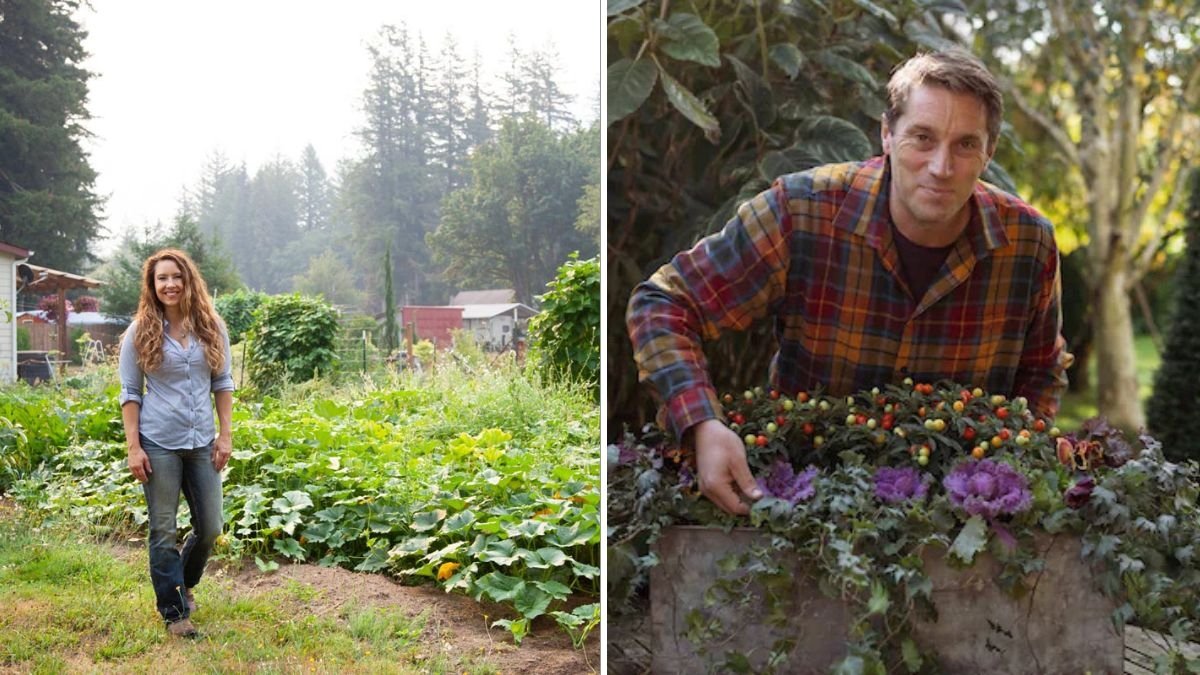
Leave A Comment